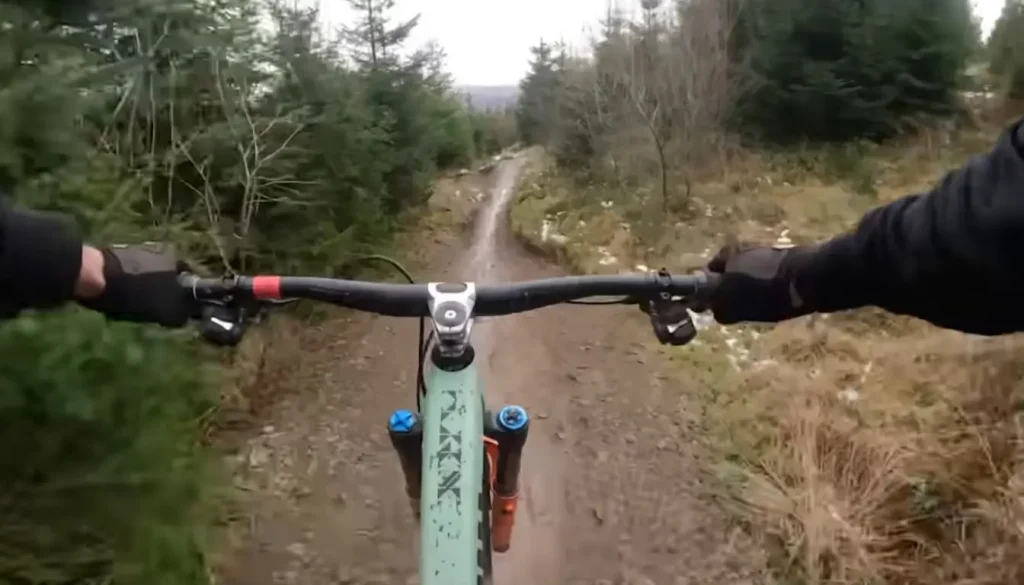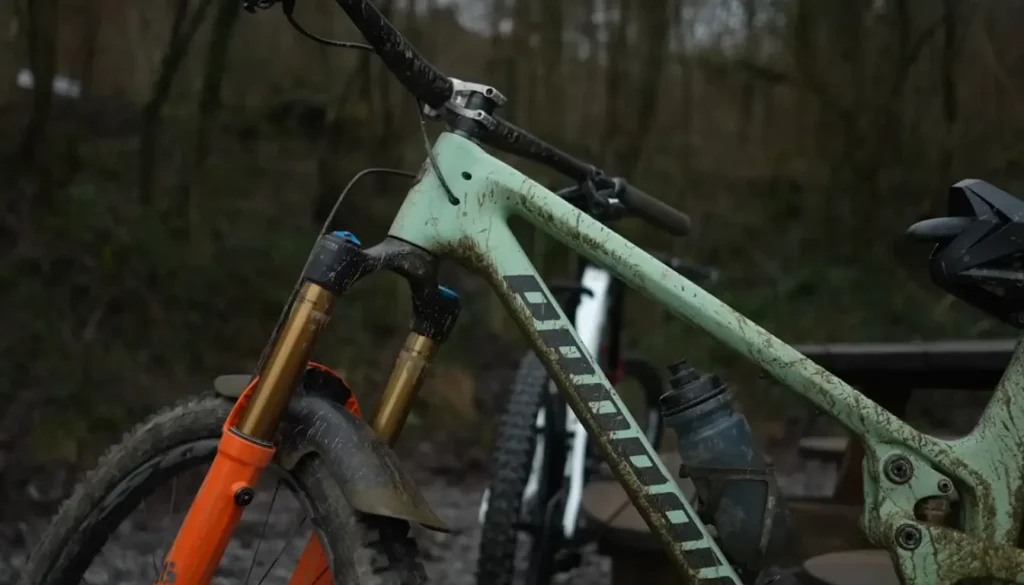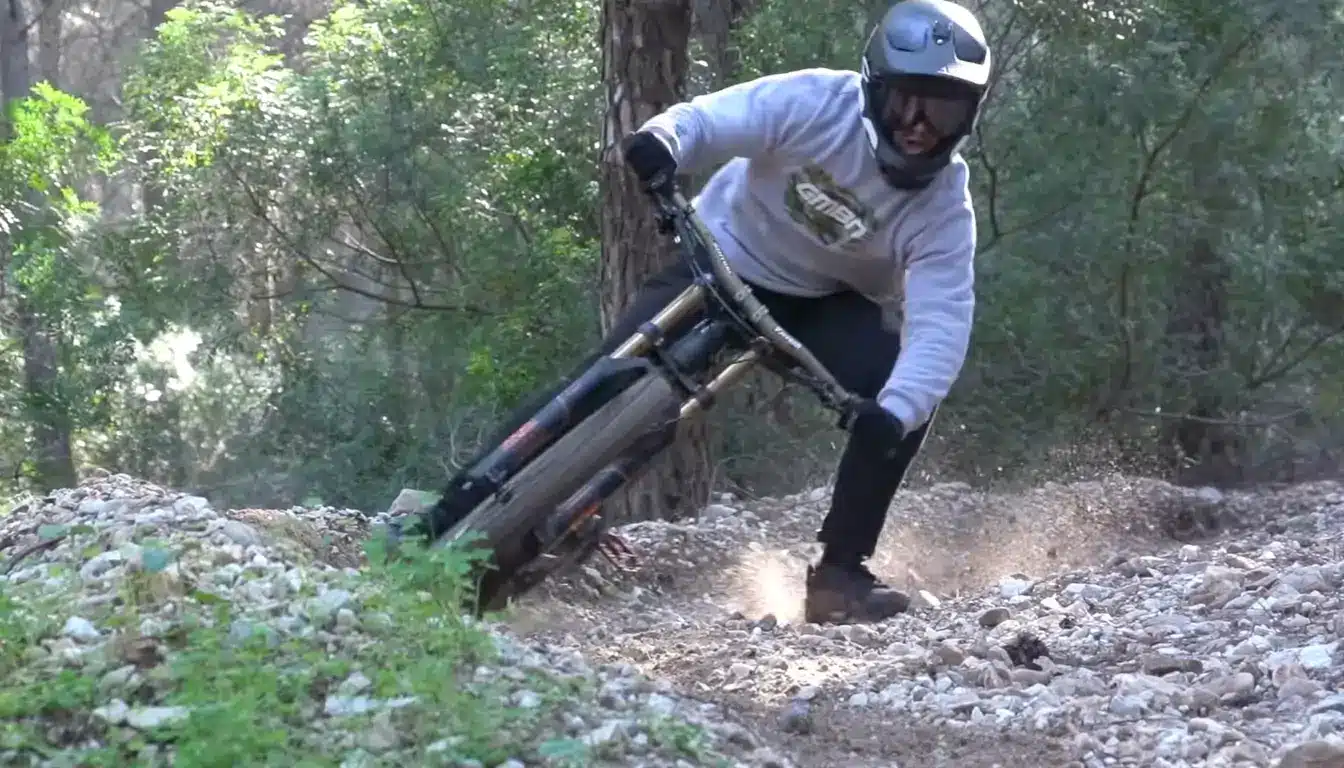One of the most thrilling factors of riding a bicycle is coasting downhill. This is because, as bicycles travel downward, the rider experiences a pleasant increase in speed with no exertion.
Many people may question, “How fast can a bike go downhill?” due to the common association of downhill cycling with high speeds.
This article has the information you need on how fast you should travel when riding downhill and other tips for your safety. Okay, let’s just jump in.
Factors that affect the Speed of the Bike While going Downhill
Now that you know that your bike’s speed on a downhill can be affected by a number of factors, here’s a brief look at a few of them:
Identifying the Bike’s Breed
Bicycles come in many shapes and sizes; the market is stocked with everything from cruisers to mountain bikes to racing machines. Some of these bikes are designed specifically for downhill racing.
For instance, materials used to construct racing motorcycles facilitate rapid acceleration. The bike can pick up as much speed as possible on the descent, thanks to this.
Components of the Bike and Their Current State of Repair
The bike’s condition also plays a role in how fast it can travel downhill. A fresh bike with well-oiled moving elements like the derailleur and chain should respond to gravity more quickly and reach top speed more quickly.
The Effect of the Rider’s Aerodynamics
You’ll learn the value of aerodynamics on a bicycle if you hang around with cyclists for any length of time.
Aerodynamic drag is the wind resistance you experience while cycling, which occurs even on days with no external wind.
When traveling at speeds more than 10 mph, air resistance accounts for almost half of the total force experienced by the vehicle. At speeds beyond 48 kilometers per hour (30 miles per hour), up to 95% of your energy goes toward fighting air resistance.
Keeping up a high level of aerodynamics and reducing air resistance will allow you to travel downhill at a much faster rate.
The Pitch and the Distance
The more distance and steepness there is on the downhill, the faster your bike will travel.
The Rider
If all else is equal, a rider’s size and weight have a greater impact on their downhill speed due to differences in sectional density.
How Fast do Professional mountain bikers go downhill?

Mountain bikers‘ top speeds are affected by several variables, such as the rider’s weight, the bike’s gear ratio, the kind of terrain, and the bike’s geometry. The speed of a bicycle can also be affected by its tire size and shape, frame materials, suspension, and gears.
These characteristics are crucial to the rolling resistance and overall speed of the Mtb bike. In addition, the rolling resistance is significantly impacted by the tire width. Mtb tires are broader than road bike tires; this makes them more stable when ridden.
A mountain bike may reach speeds of 35 to 38 miles per hour. With 2″ knobby tires and a high gear (ratio of 3 to 9), this is the maximum speed that most riders can achieve. However, as we mentioned above, it’s not the same if you change the width of your tires or the number of gears you use.
Low, medium, and high gears are the most common on mountain bikes. Low gear is ideal for gravel roads since it allows you to go at speeds of over 15 mph while maintaining some degree of control.
Above 18 miles per hour, medium gear is recommended for rapid rides over flat ground. Then, despite your leisurely speed, you’ll have enough power to overcome hurdles or slopes in your path.
Downhill is when you’ll feel the benefits of the high gear’s over-25-to-30 mph top speed. However, when cycling at top speed, intense wind resistance and decreased control will be experienced.
World Record for the fastest downhill speed
Austrian cyclist Markus “Max” Stöckl, who was supported by RedBull, set a new world record for the fastest downhill speed.
In 2017, Max rode his mountain bike across the Atacama Desert in Chile at a high speed of 104.1 mph (167.6 km/h), shattering the previous record by a wide margin.
Max decided to attempt the record descent of Cerro el Flaco, a desert mountain that stands at 3,972 meters (13,000 feet) in elevation and has a slope of approximately 1,200 meters (3,937 feet).
What is the Highest Downhill Speed for Safe Braking?

While going downhill at high speeds can be thrilling, stopping the bike in an emergency is more difficult.
You’ve probably noticed that the fastest speeds going downhill can only be reached while pedaling in controlled regions, free of obstacles or offshoots of the main route.
However, speeding downhill beyond your stopping ability might be disastrous on actual roads.
Because bicycle brakes are much more basic than automobile ones, they will overheat and operate poorly if you’re traveling too quickly.
The ideal downhill speed range is between 35 and 40 mph, so you can stop in time if necessary.
What is the Ideal Body Posture While Going Downhill on a Bike?
Positioning oneself correctly in going downhill is quite different from sitting while riding a bike normally, but essential if you want to keep the greatest speed without sacrificing safety.
Bend Your joints
Most novice cyclists lock their elbows and brace for impact while descending a hill.
This is a common stance for riders before leaping, but it might leave you precariously balanced in the air. Furthermore, it shifts the burden of absorbing shocks from the legs to the arms that steer the bike.
Put Your Heels Down
Dropping your heels and bracing them against the bike’s pedals is another way to increase your stability.
Shift Your Hips back
Relax your shoulders and ensure that the seat itself supports most of your weight. Keep your balance and prevent any jarring motions by doing this.
Even standing tall, you must ensure a firm grip on the front and back brakes without squeezing them.
Lower your Chest
Keep your chest over the stem to maintain control of your bike on the descent. This will prevent you from putting too much weight on the front or back wheels.
Will Going Downhill At High Speeds Damage The Bike?
To those who fear that a rapid descent will cause their bike to break, I assure you that this is not the case; the forces exerted by speed alone are not enough to compromise the integrity of a properly constructed bicycle, and descent at such a rapid rate will not cause any of its parts to come loose. Nothing will come loose like in a Looney Tunes go-cart pursuit, including screws, washers, and spokes.
However, the faster you travel downhill on a mountain bike, the more wear and tear you’ll inflict on the tires and the suspension fork from constantly grinding against rocks and dirt. You should be aware that frequent high-speed riding will cause wear and tear on any parts that come into contact with the ground, notably the tires.
From a practicality and safety perspective, the brakes are the most vital part of any bicycle. The outcome won’t be pretty if they give out when you’re speeding down a hill. In addition, brakes will wear out faster if you undertake a lot of high-speed riding because of the increased energy they must absorb to slow you down.
Final Thoughts
Some of the world’s most skilled daredevils, professional downhill mountain bikers navigate obstacles and sharp curves at speeds that defy imagination. They can ride at up to 30 mph on challenging single-track routes, which would take the normal cyclist many hours of training on a wide-open fire road.
If you aspire to ride like these fearless cyclists, you should start on downhill courses within your skill level. Don’t try to ride more than you’re comfortable, and seek lessons or advice from a seasoned downhill rider before taking on more challenging trails.

I am Ryan Ford, a mountain biking enthusiast who loves to explore the outdoors. I also like to go on adventures with friends and anything else that involves being outside. I love my bike because it gets me out of the house and gives me an opportunity to enjoy nature.

